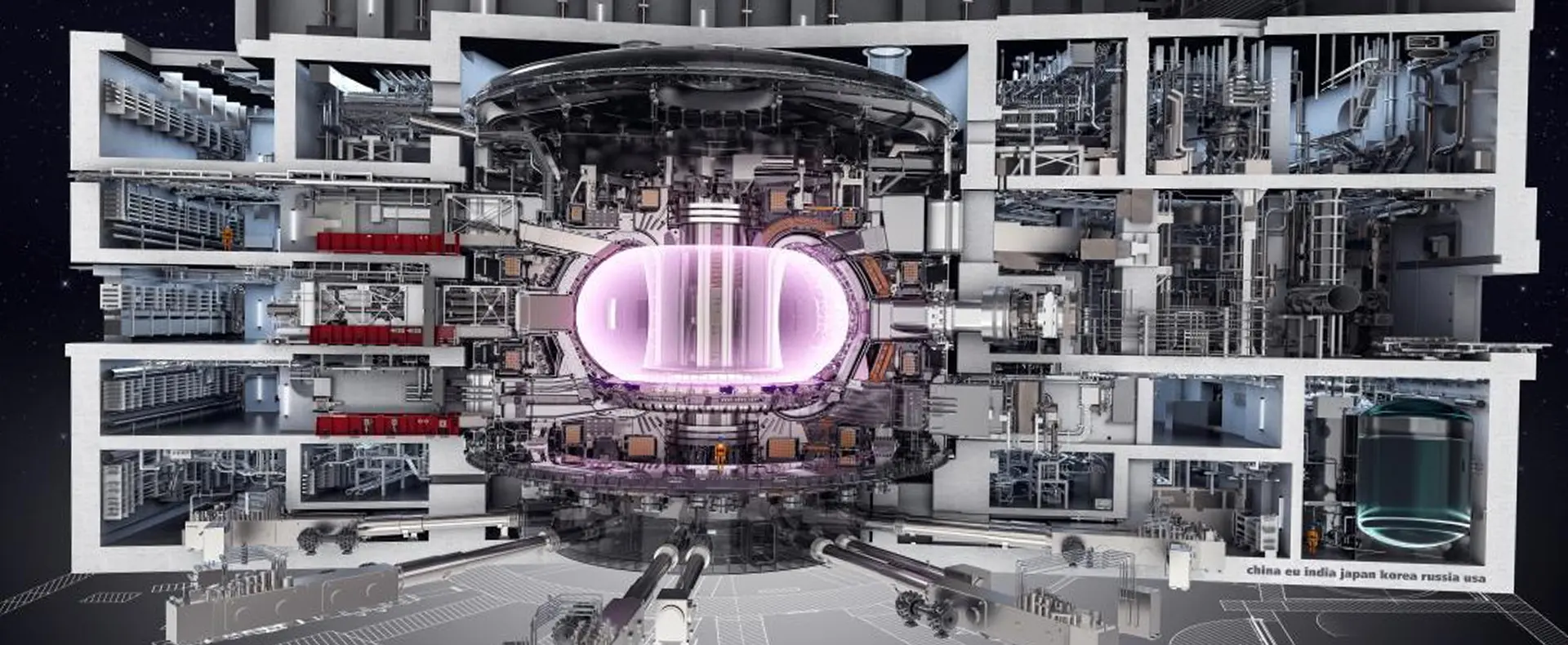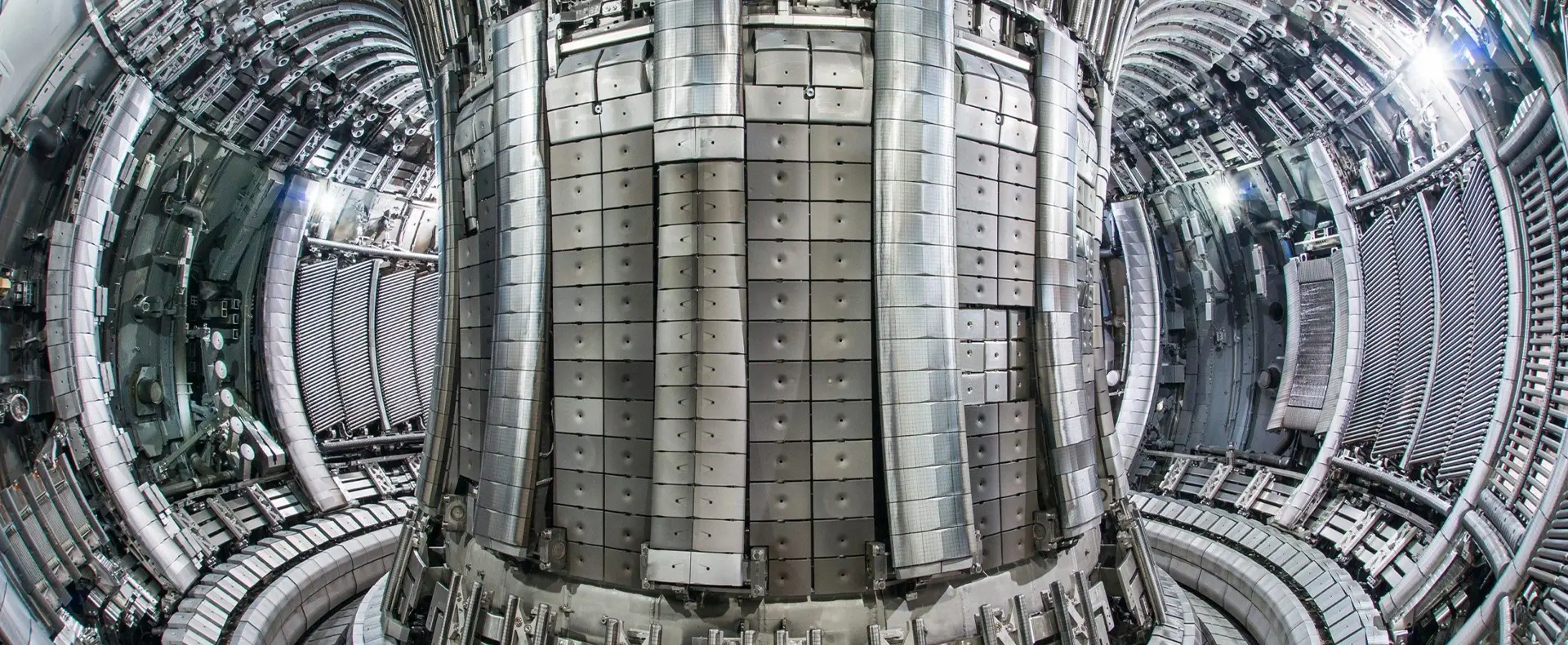ITER Achieves Accurate Estimates for Its Largest Project with Cleopatra
Case Study

Introduction to ITER and Cleopatra’s Collaboration to Enhance Cost Estimating
On behalf of the ITER Organization, which oversees one of the most exciting projects in the world, Cleopatra’s cost estimating software was used to estimate the assembly and installation costs of over 20 of the project’s core systems. After familiarizing themselves with the project and its specific requirements, an assessment phase followed, in which Cleopatra Enterprise identified and described recommendations to increase the quality of the estimates to achieve a Class 3, 30% accurate estimate.
After 12 months of collaboration, the result was a large set of very well-structured estimate reports, each containing the estimating methodology, estimate basis, allowances, labor rates, productivity & cost factors, indirect costs, exclusions, contingency, and escalation. This extensive way of reporting has led both to an increase in accuracy and to high levels of transparency, which ITER values highly.
Cleopatra Enterprise also structured the estimates along the different breakdown structures used throughout ITER to ensure all can be used directly in the project without any conversion or alteration.
Finally, quality checks were performed to verify and validate whether the proper scope had been estimated. As is common practice for Cleopatra Enterprise, the accuracy of all cost estimates has been determined based on the level of definition of the input deliverables, according to the AACEi estimate classifications.
As a result, there are no example projects that could be used as a reference point, and it all came down to knowledge and experience. For example, labor hours for installation were based on:
- Expert judgments
- Cost Engineering Standard Knowledgebase (CESK) to determine total labor hours
- Comparison with “similar” components from the CESK
Additionally, the site construction of the ITER machine and plant is technically challenging, in particular concerning complexity, nuclear safety, regulatory aspects, size, weight, tolerances, scope sharing, cost, and schedule.
Furthermore, estimating efforts have to be adjusted due to, for example, congestion at the work site, complexity, safety regulations, working height, etc. Cleopatra Enterprise established so-called efficiency factors and applied them to the individual estimates to account for all of these.
To manage such complicated estimates and, at the same time, make sure they remain transparent, it is necessary to use dedicated cost estimating software. Cleopatra Enterprise, therefore, used its own software, which ITER appreciated highly.
The Project Structure
The ITER Organization, and specifically its Construction Department, was looking to develop an overall Class 3 cost estimate for the complete project scope within its first phase. The first construction phase will allow ITER to achieve the first plasma. This construction phase will stretch from 2017-2025. The construction includes the assembly, installation, and testing of the ITER machine, plant, and auxiliary systems (e.g., Magnet, Cooling water, Vacuum, fueling and wall conditioning, Ion cyclotron heating, etc.). Cleopatra Enterprise has been asked to prepare separate capital cost estimates and reports for the different systems and machine assembly phases to structure this effort.
The total scope of the project is split over 8 construction works and support contracts encompass no less than six independent worksites covering 35 buildings, increasing its complexity.
Future Steps for ITER and Cleopatra
ITER has rewarded Cleopatra Enterprise with a new contract to execute the following major tasks:
- Estimating Construction Phase Two
- Running simulations to reduce cost by looking at schedule and execution strategies
- Implementing a fully integrated Cost Management process within Cleopatra Enterprise
- Assisting ITER in the tender evaluations
Key Benefits for ITER:
- Clearly defined scope of the project
- Integration between planning, estimating, and cost management
- Thorough challenge of the technical baseline, ensuring alignment with actual costs
- Detailed resource planning for the next phase


